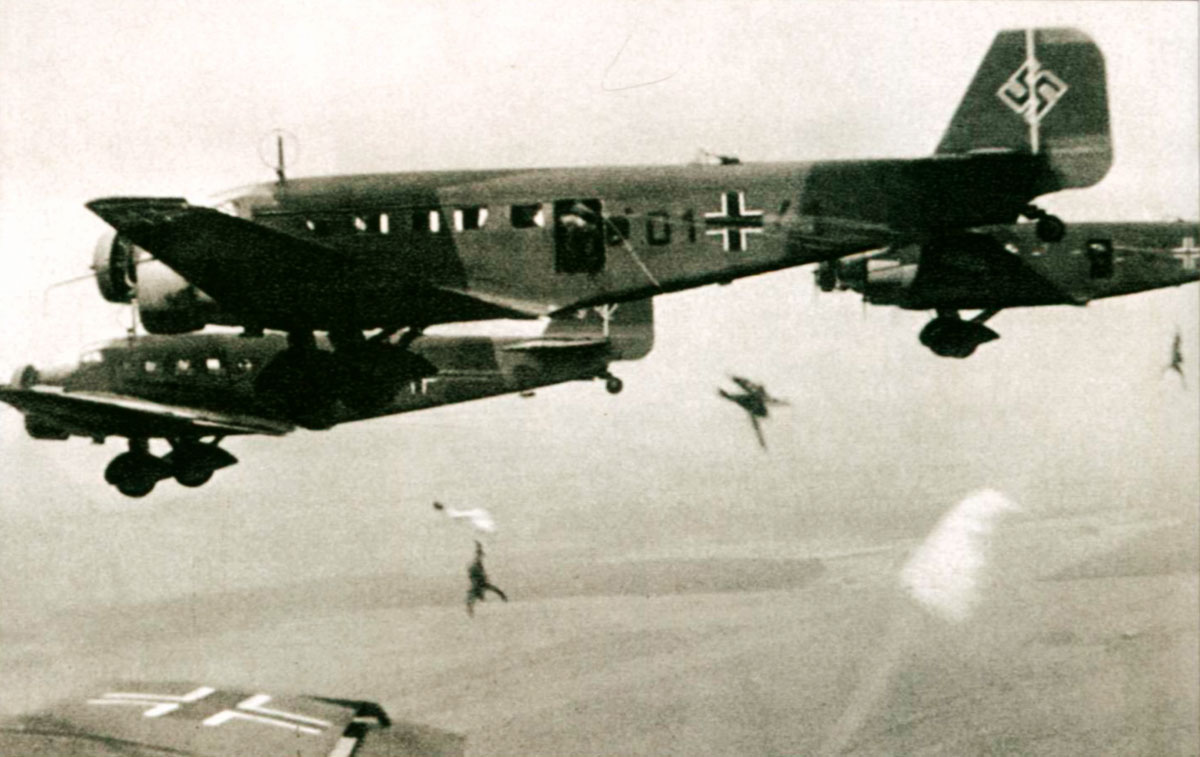When I began wwiiafterwwii almost seven years ago, this was one of the first subjects I intended to cover. At that time Iraq was still a current topic, and I thought it would be easy to document the 98k’s history there.
As it turns out, the WWII German 98k in Iraq is complex and full of caveats; poorly-covered by substantive sources. So it took a tad bit longer than planned to complete. Hopefully this subject is still of interest.

(A 98k rifle captured by the US Marine Corps during the post-2003 occupation.)

(A heavily-modified Mauser rifle captured by American troops.) (photo via Silah Report)

(A 98k manufactured by Mauser Werke in 1940. This was a WWII German, post-WWII Czechoslovak-refurbished, then ex-East German gun – an indirect route not uncommon for Iraqi 98ks. The jeem marking on the receiver and barrel is Iraq’s property marking.) (photo via gunboards online forum)








 (A French air force AAC.1 Toucan – the post-WWII French copy of the Ju-52 – flies over a burning Vietnamese jungle during the Indochina War.)
(A French air force AAC.1 Toucan – the post-WWII French copy of the Ju-52 – flies over a burning Vietnamese jungle during the Indochina War.)






